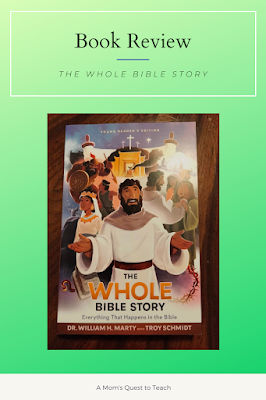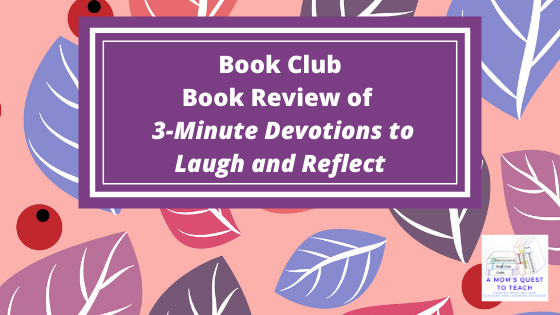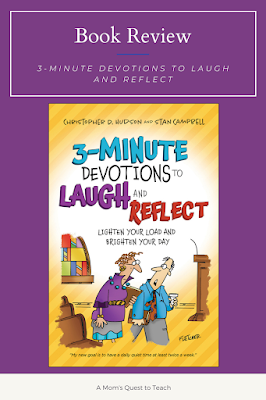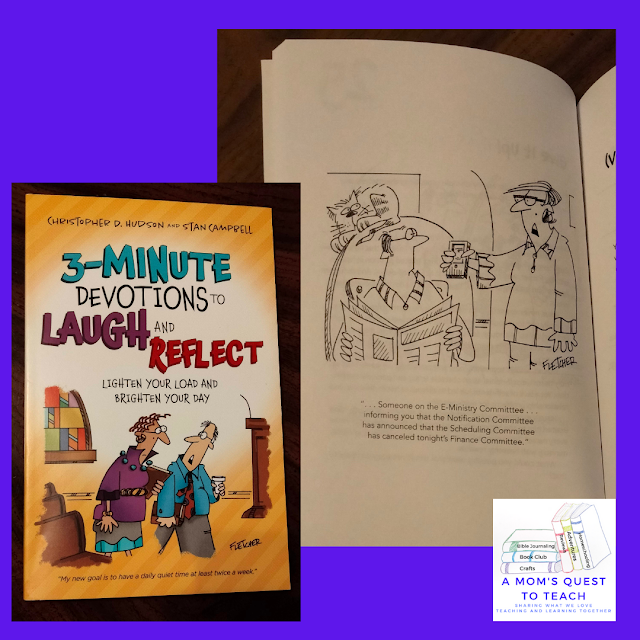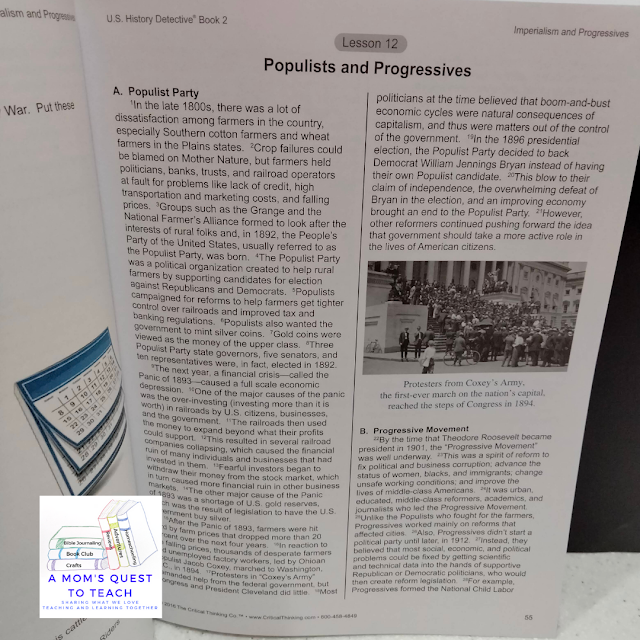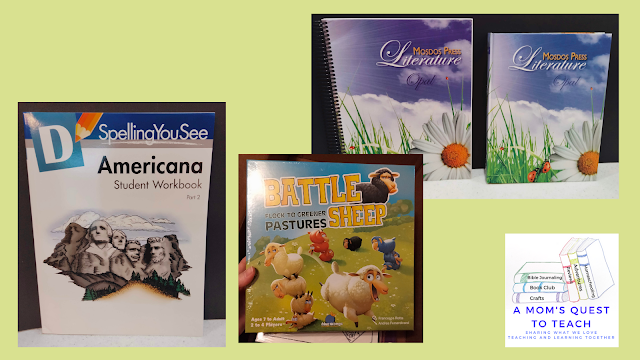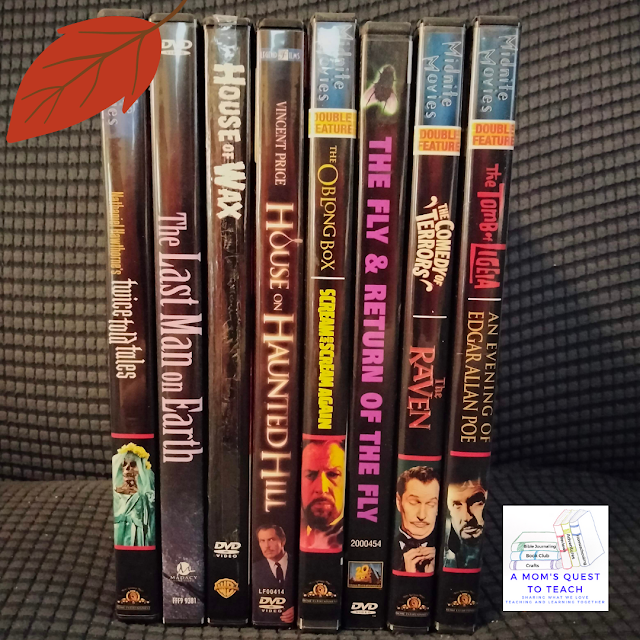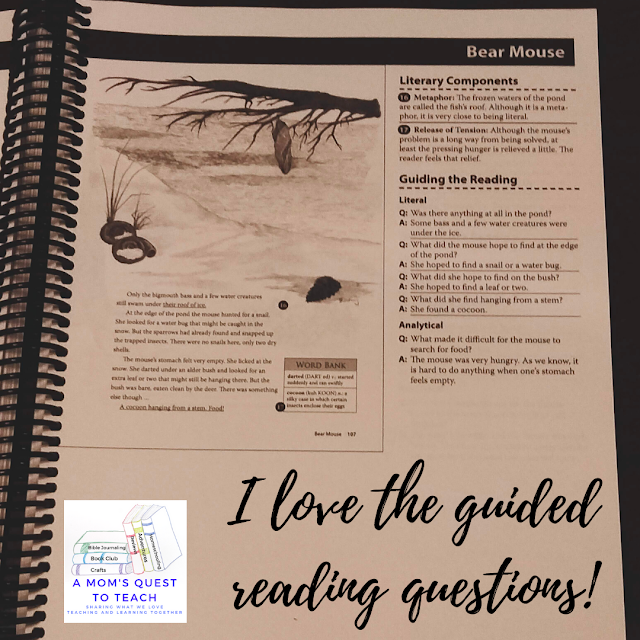I received Spelling You See - Level D at a 50% discount from Timberdoodle in exchange for my honest opinion. I was not required to write a positive review, nor was I compensated in any other way. This post contains affiliate links. For more information, please see my Terms of Use and Disclosure Policy page. Thank you.
We have tried a few different approaches to helping our younger son master spelling, from creating our own spelling lists using his current literature assignments or science units to picking words he is consistently spelling wrong in homeschool and outside homeschool assignments. Nothing seemed to be sticking with him.
Over the summer, I researched several different options and looked at Spelling You See again. I had passed over the earlier levels because our son learned how to read and write at an early age. So even with the Readiness Guidelines that Spelling You See provides, I was unsure if I should start with levels A, B, or C. This year Level D seemed to be the perfect fit. We are studying American History. And Level D - Americana seemed to provide a challenge but also allow our son to build his spelling confidence.
When Timberdoodle offered us the opportunity to purchase the Spelling You See - Level D curriculum at a 50% discount in exchange for a review, it seemed like the perfect time to try this spelling curriculum. And as it is part of the 2021 Third Grade Curriculum Kit at Timberdoodle, it also seemed like a great idea to pick this level for our son.
What Is Spelling You See?
Spelling You See takes a multi-sensory approach to teaching spelling through writing, reading, speaking, and listening. It was invited by Dr. Karen Holinga, a former teacher, to allow students to build confidence and develop spelling skills at their own pace. There are no spelling lists. Instead, there are reading passages with everyday words for your child to practice their spelling skills.
What Is Part of the Curriculum from Timberdoodle?
If you purchase Spelling You See - Level D, you will receive the following items:
- Instructor's Handbook
- Student Workbook, Part 1
- Student Workbook, Part 2
- Colored Pencils
Instructor's Handbook
The slim 52-page Instructor's Handbook provides all the information you need to smoothly run the lessons with Spelling You See. In it, you can read about the philosophy behind Spelling You See, the five developmental stages of spelling, the sequence for Spelling You See, and general information about the level you purchased.
After the general introduction, the Instructor's Handbook provides instructions for the lessons, which are grouped together based upon chunks:
- Vowels
- Consonants
- Bossy r
- Tricky y
- Endings
- Silent Letters
The weekly activity guide is explained, which consists of guided reading, chunking, copywork, and two levels of dictation. The material needed for the dictation is printed separately from the answer key for the chunking. If you want to learn more, there is a glossary and bibliography, as well as access to online videos.
Student Workbooks
The lessons for your child are split into two workbooks – Part 1 and Part 2. Each part contains 18 lessons for a total of 36 lessons for your homeschool year. The pages are thick and colorful. Each of the paperback books has over 180 pages. Each daily lesson has two pages dedicated to it. The story is on the left-hand side, while the page for your child to write the passage is on the right. For those days when you are doing dictation, you merely cover the left-hand side.
- Pilgrims arriving in the New World
- The story of Lewis and Clark
- Information about the Liberty Bell
- Explanation of Poor Richard's Almanac
- The usefulness of the buffalo
- The gift of the Statue of Liberty
- Information about the American Civil War
- Biographical information about Paul Revere, Abraham Lincoln, Daniel Boone, Martin Luther King, Jr., Johnny Appleseed, and more
How We Use Spelling You See - Level D in Our Homeschool Day
We work on completing our spelling assignments during the week. So, Monday through Friday, our son completes lessons A through E. If we miss a day, we sometimes complete it during the weekend even though the book does say if you don't finish, you may go ahead to the next set of lessons the next week. So if we didn't finish 9E, we could jump to 10A on Monday. I usually only skip one day of dictation as I feel it is important to practice spelling the words without seeing them at least once.
Sometimes, we complete the spelling lessons first thing in our homeschool day, as our son likes to get it out of the way. Other times, I need to save it for the end of the homeschool day because he needs me to work through the lessons. But no matter what time we complete our spelling lessons, they have become an integral part of our homeschool day.
Day One starts with reading the story and working together to find all the chunks. These can be vowel chunks (aa, ae, ai, ea, oa, etc.), consonant chunks (ch, gh, wr, etc.), bossy r chunks (ar, er, etc.), or others. These are marked in different colors. The chunking provides hands-on experience with irregular letter patterns in English. After the chunking is completed, our son copies the story and chunks it again.
Day Two and Three follow the same pattern. I usually help him less each day as our son looks for the chunks. He then copies the story again. The copywork should be timed to ten minutes.
On the last two days of the week, we read the story, mark chunks, and then I dictate the story for our son to write down. On the first dictation day, I assist him with his spelling. I ask him if he is sure about a word or if he wants to try writing it differently to see if that spelling is correct. On the second day, I do not provide much assistance as he writes the story.
What We Think
I have mixed feelings about
Spelling You See - Level D. I love the fact that it includes nonfiction stories about American history and culture. The tie-in to our history curriculum is terrific. The stories provide a way to not only focus on vocabulary but also to introduce new facts and review ideas with our son.
I appreciate the philosophy – that children work through five stages of development and not focus upon memorization of spelling words. We tried that route, and it didn't seem to work for our son. As we are only nine weeks into Spelling You See, it is hard to see how much progress our son has made. There are some weeks where he corrects mistakes from dictation day 1 to the second dictation day, but then there are a few words he continues spelling wrong, like British.
There is not a lot of prep work required on my part as a parent. I just need to review a few paragraphs for the lessons as we progress through the different chunking lessons. I also like that there is one Instructor's Guide but two Student Workbooks. It makes it easier to keep track of the materials.
I asked our son his feelings about the curriculum, and here are his thoughts:
Q. Is it difficult? Too easy? Too hard?
A. It can get a little difficult once you are starting a new story or part. The first day can be hard as the new words are introduced. The dictation days are also hard.
Q. Do you think it is helping you with your spelling?
A. It may not be helping with spelling, but it is helping me find the chunks. (He is finding the vowel, consonant, and other chunks in his other homeschool assignments. Whether he realizes it or not, I think this is helping him with his spelling.)
Q. What is your favorite part about the curriculum?
A. I like all the different colorful parts where I have to chunk more than one thing. I am looking forward to reading about Thanksgiving because it will remind me of the best food ever – turkey.
Will we use Spelling You See - Level E next year? I am not sure yet. I don't think I have found anything I want to use instead of Spelling You See, but I think we need to evaluate the curriculum around the 30-week lesson with our son. Would I recommend Spelling You See - Level D? Yes, I would recommend it. I think it might be easier if you were able to start with the lower levels, but I think that our homeschool year will be enriched by the use of this curriculum.
Looking for More Homeschool Resources from Timberdoodle?
We've had the opportunity to review several materials from Timberdoodle, including a literature
curriculum, fun games like
Battle Sheep, and a unique
puzzle.





